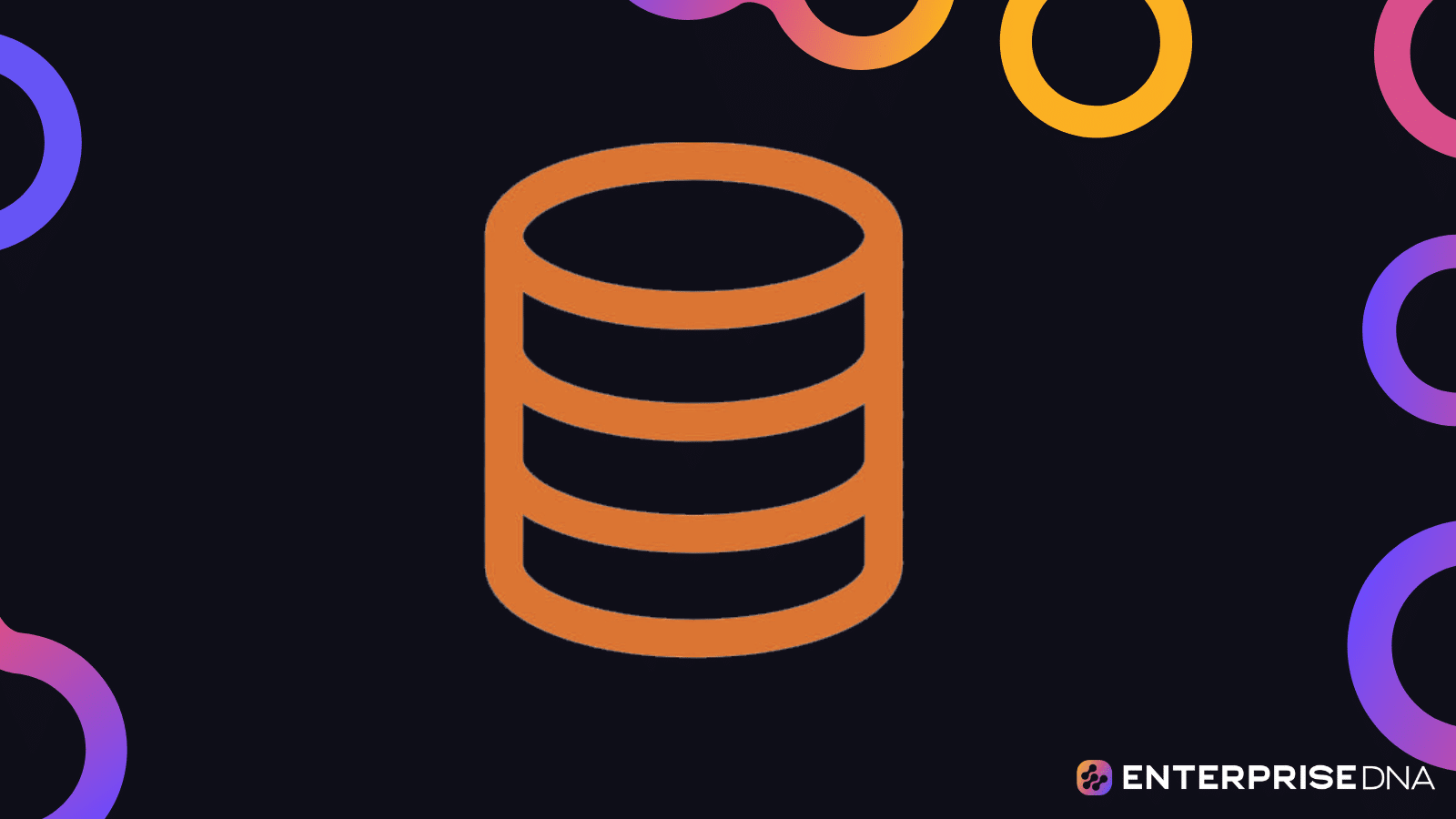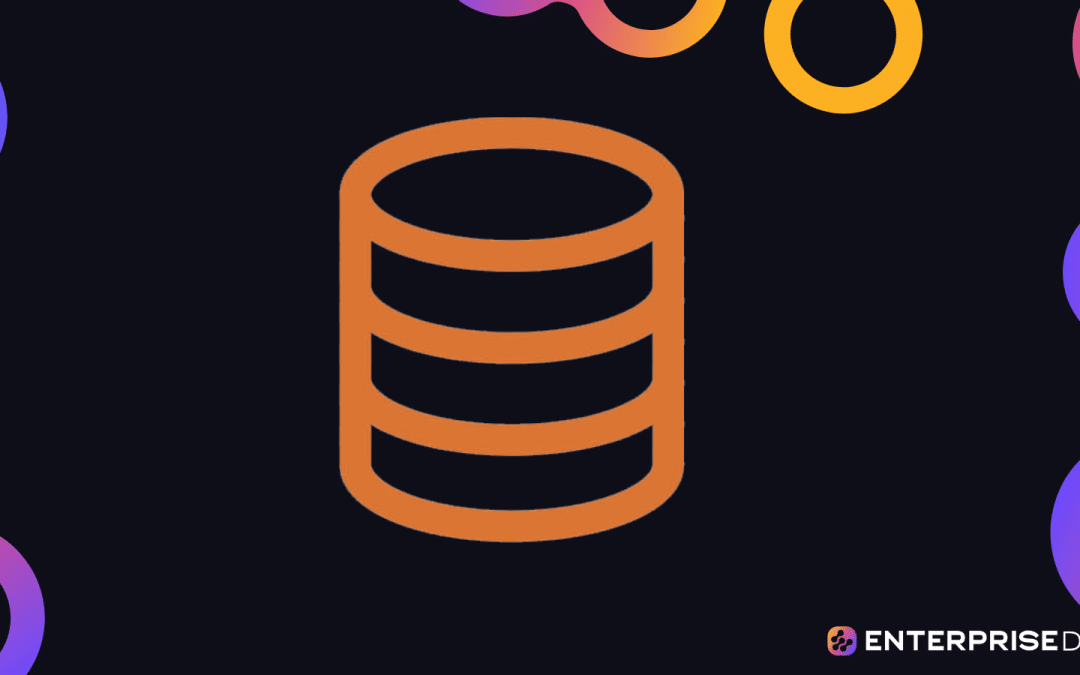Introduction to Data Types
Overview
In programming, data types are essential as they define the type of data that can be stored and manipulated within a program. Understanding data types is fundamental to declaring variables, performing operations, and managing data effectively.
Common Data Types
1. Integer
An integer (int) is a whole number without a fractional part. It can be positive, negative, or zero.
Example:
int age = 25
2. Float
A float (floating-point number) represents a number with a fractional part, typically used for precise calculations.
Example:
float temperature = 98.6
3. Boolean
A boolean (bool) type represents one of two values: true or false. It is often used in conditional statements.
Example:
bool isLoggedIn = true
4. String
A string (str) is a sequence of characters enclosed in quotes, used to represent text.
Example:
string greeting = "Hello, World!"
5. Array
An array holds a fixed number of elements of the same type. It is used to store collections of data.
Example:
int numbers[5] = {1, 2, 3, 4, 5}
Basic Operators
Operators are special symbols that perform operations on variables and values. Here are some common ones:
1. Arithmetic Operators
+(Addition): Adds two operands.-(Subtraction): Subtracts the second operand from the first.*(Multiplication): Multiplies both operands./(Division): Divides the numerator by the denominator.%(Modulus): Returns the remainder of a division.
Example:
int sum = 10 + 5
int difference = 10 - 5
int product = 10 * 5
int quotient = 10 / 5
int remainder = 10 % 3
2. Comparison Operators
==(Equal to): Checks if two values are equal.!=(Not equal to): Checks if two values are not equal.>(Greater than): Checks if the left operand is greater than the right.<(Less than): Checks if the left operand is less than the right.>=(Greater than or equal to): Checks if the left operand is greater than or equal to the right.<=(Less than or equal to): Checks if the left operand is less than or equal to the right.
Example:
bool isEqual = (10 == 5) // false
bool isGreater = (10 > 5) // true
3. Logical Operators
&&(Logical AND): Returns true if both operands are true.||(Logical OR): Returns true if at least one operand is true.!(Logical NOT): Inverts the truth value.
Example:
bool resultAnd = (true && false) // false
bool resultOr = (true || false) // true
bool resultNot = (!true) // false
Application and Real-life Usage
By understanding and appropriately using these data types and operators, you can manage and manipulate data effectively in your programs. For example, conditional logic, mathematical calculations, and data validations are performed using these foundational elements.
Example Scenario:
Let’s say you are building a simple login system. You might use:
- String for storing the username and password.
- Boolean to determine if the login was successful.
- Comparison Operators to verify the entered username and password.
string storedUsername = "admin"
string storedPassword = "password123"
string enteredUsername = "admin"
string enteredPassword = "password123"
bool isLoginSuccessful = (storedUsername == enteredUsername) && (storedPassword == enteredPassword)
// isLoginSuccessful will be true if the entered username and password match the stored ones.
This is a basic example of how different data types and operators interact in a real-world programming scenario. Understanding these concepts will allow you to build more complex logic in your applications.
Working with Numeric Data Types
This guide focuses on numeric data types and basic operators that are essential for arithmetic operations in programming.
Numeric Data Types
Numeric data types typically include:
- Integers – Whole numbers without a decimal point.
- Floating-Point Numbers – Numbers with a decimal point.
- Double – Higher precision (larger or more precise) floating-point numbers.
Basic Operators
Here’s an explanation and implementation of the basic arithmetic operators:
- Addition (
+) - Subtraction (
-) - Multiplication (
*) - Division (
/) - Modulus (
%)
Example
// Define numeric data types
integer a = 15
integer b = 4
float x = 3.5
float y = 2.1
// Addition
integer sumInt = a + b // Result: 19
float sumFloat = x + y // Result: 5.6
// Subtraction
integer diffInt = a - b // Result: 11
float diffFloat = x - y // Result: 1.4
// Multiplication
integer prodInt = a * b // Result: 60
float prodFloat = x * y // Result: 7.35
// Division
integer divInt = a / b // Result: 3 (Integer Division)
float divFloat = x / y // Result: 1.6666667
// Modulus
integer modInt = a % b // Result: 3 (Remainder of integer division)
// Note: Modulus operator is not applicable to floating-point
// Output the results
print("Sum of integers: ", sumInt)
print("Sum of floats: ", sumFloat)
print("Difference of integers: ", diffInt)
print("Difference of floats: ", diffFloat)
print("Product of integers: ", prodInt)
print("Product of floats: ", prodFloat)
print("Integer division result: ", divInt)
print("Float division result: ", divFloat)
print("Remainder of integer division: ", modInt)
Explanation
Addition (
+):- Performing
a + badds integer values ofaandb. - Performing
x + yadds floating-point values ofxandy.
- Performing
Subtraction (
-):- Performing
a - bsubtracts the value ofbfroma. - Performing
x - ysubtracts the value ofyfromx.
- Performing
Multiplication (
*):- Performing
a * bmultiplies integer values ofaandb. - Performing
x * ymultiplies floating-point values ofxandy.
- Performing
Division (
/):- Performing
a / bperforms integer division, only returning the quotient. - Performing
x / yperforms floating-point division.
- Performing
Modulus (
%):- Performing
a % breturns the remainder of integer division ofabyb.
- Performing
These basic operators allow manipulation and calculation using numeric data types, laying the foundations for more complex operations and problem-solving tasks in programming.
Exploring Strings and Characters
This section explores strings and characters, focusing on basic string operations and character manipulations that are fundamental in programming.
String Basics
A string is a sequence of characters. Strings can be created by enclosing characters in quotes. Single ('), double ("), and triple quotes (""" or ''') are commonly used.
# creating strings
str1 = "Hello, World"
str2 = 'Sample String'
str3 = """This is a multiline
string"""
String Operations
Concatenation
Joining two or more strings end-to-end:
str1 = "Hello"
str2 = "World"
# concatenation
result = str1 + " " + str2 # result is "Hello World"
Repetition
Repeating a string multiple times:
str1 = " Repeat"
result = str1 * 3 # result is " Repeat Repeat Repeat"
Length
Finding the number of characters in a string:
str1 = "Hello, World"
length = length_of(str1) # assuming length_of() returns length, so length is 12
Indexing and Slicing
Accessing specific characters and substrings:
str1 = "Hello, World"
# indexing
first_char = str1[0] # 'H'
last_char = str1[-1] # 'd'
# slicing
substring = str1[0:5] # 'Hello'
Basic Operators
Membership
Checking if a substring is in a string:
str1 = "Hello, World"
is_in = "World" in str1 # true
Immutability
Strings are immutable; you cannot change them after creation, but you can create new strings:
str1 = "Hello"
# str1[0] = 'J' # This would result in an error
# Correct way to "modify"
str1 = "J" + str1[1:] # 'Jello'
Character Manipulation
ASCII and Unicode
Getting ASCII or Unicode value of characters and converting them back:
char1 = 'A'
ascii_value = ord(char1) # 65
char2 = chr(97) # 'a'
Character Properties
Checking properties like if a character is a digit, alphabet, etc.:
char1 = 'A'
char2 = '1'
is_alpha = char1.is_alpha() # true
is_digit = char2.is_digit() # true
Practical Example
Below is a simple pseudocode example demonstrating a few of the above concepts:
# Given a string, flip the case of each character and concatenate with an additional string.
input_str = "Hello, World!"
additional_str = " Let's Learn Strings"
flipped_str = ""
for char in input_str:
if char.is_lower():
flipped_str += char.to_upper()
else:
flipped_str += char.to_lower()
# Concatenate with additional string
final_str = flipped_str + additional_str # "hELLO, wORLD! Let's Learn Strings"
This pseudocode example flips the case of each character in input_str and then concatenates it with additional_str.
Summary
The exploration of strings and characters covers various basic operations like concatenation, slicing, indexing, and checking character properties. These fundamental concepts are essential for working with text data in any programming language.
By understanding these basics, one can efficiently manipulate and operate on strings and characters, making it easier to handle textual data in real-world applications.
Understanding Boolean Values and Logical Operators
Boolean Values
In programming, a Boolean is a data type with two possible values: true and false. These values are fundamental for controlling the flow of programs and making decisions.
Example:
isRaining = true
hasUmbrella = false
Logical Operators
Logical operators allow you to combine multiple Boolean expressions and return a Boolean result. The three primary logical operators are AND, OR, and NOT.
AND Operator (&&)
The AND operator returns true if both operands are true. Otherwise, it returns false.
# Basic example:
true && true # returns: true
true && false # returns: false
false && false # returns: false
# Practical example:
isRaining = true
hasUmbrella = false
goOutside = isRaining && hasUmbrella # returns: false
OR Operator (||)
The OR operator returns true if at least one operand is true. If both operands are false, it returns false.
# Basic example:
true || true # returns: true
true || false # returns: true
false || false # returns: false
# Practical example:
isWeekend = true
hasWork = false
watchMovie = isWeekend || hasWork # returns: true
NOT Operator (!)
The NOT operator inverts the Boolean value of its operand. If the operand is true, it returns false, and vice versa.
# Basic example:
!true # returns: false
!false # returns: true
# Practical example:
isRaining = true
stayHome = !isRaining # returns: false
Combining Logical Operators
You can combine multiple logical operators to form complex expressions.
isRaining = true
hasUmbrella = true
isWeekend = false
# Complex expression example:
goForWalk = (isRaining && hasUmbrella) || isWeekend
# Breakdown:
# (true && true) || false => true || false => true
# Therefore, goForWalk = true
Practical Application
Consider a system that grants access based on two criteria: a user must have a valid ID and either be an adult or have parental permission.
hasValidID = true
isAdult = false
hasParentalPermission = true
accessGranted = hasValidID && (isAdult || hasParentalPermission)
# Breakdown:
# hasValidID && (isAdult || hasParentalPermission)
# true && (false || true) => true && true => true
# Therefore, accessGranted = true
With this logic, the system can make informed, complex decisions based on simple Boolean values and logical operators.
Basic Arithmetic and Comparison Operators: A Practical Guide
Arithmetic Operators
Arithmetic operators are fundamental in programming and include addition, subtraction, multiplication, division, modulus, exponentiation, and integer division. Below is a pseudocode implementation demonstrating these operators:
// Variable Declarations
num1 = 10
num2 = 3
// Addition
sum = num1 + num2
// Subtraction
difference = num1 - num2
// Multiplication
product = num1 * num2
// Division
quotient = num1 / num2
// Modulus (remainder of division)
remainder = num1 % num2
// Exponentiation (num1 raised to the power of num2)
power = num1 ** num2
// Integer Division (floor division)
integer_division = num1 // num2
// Output Results
print("Addition: ", sum)
print("Subtraction: ", difference)
print("Multiplication: ", product)
print("Division: ", quotient)
print("Modulus: ", remainder)
print("Exponentiation: ", power)
print("Integer Division: ", integer_division)
Comparison Operators
Comparison operators are used to compare two values. These include equal to, not equal to, greater than, less than, greater than or equal to, and less than or equal to. Below is a practical demonstration using pseudocode:
// Variable Declarations
a = 5
b = 10
// Equal to
is_equal = (a == b)
// Not equal to
is_not_equal = (a != b)
// Greater than
is_greater = (a > b)
// Less than
is_less = (a < b)
// Greater than or equal to
is_greater_or_equal = (a >= b)
// Less than or equal to
is_less_or_equal = (a <= b)
// Output Results
print("a is equal to b: ", is_equal)
print("a is not equal to b: ", is_not_equal)
print("a is greater than b: ", is_greater)
print("a is less than b: ", is_less)
print("a is greater than or equal to b: ", is_greater_or_equal)
print("a is less than or equal to b: ", is_less_or_equal)
Conclusion
With these practical implementations of basic arithmetic and comparison operators, you have robust foundational tools for performing calculations and logical comparisons in programming. Apply these operators as needed in your code to handle numerical data and relational logic effectively.








